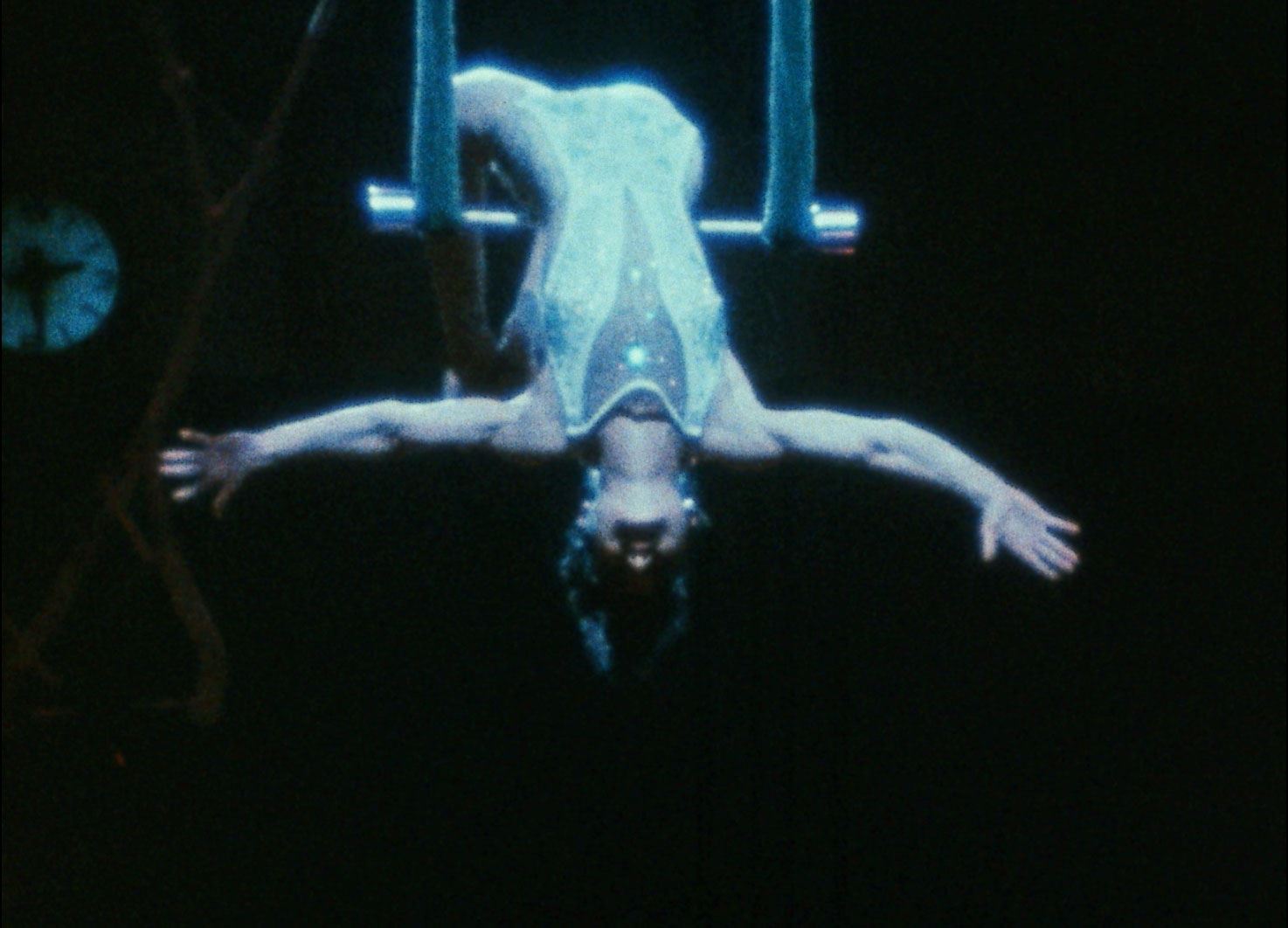From Black visual aesthetics in Turin to Kusama’s self-obliteration in Hong Kong – our editors on what they’re looking forward to this month
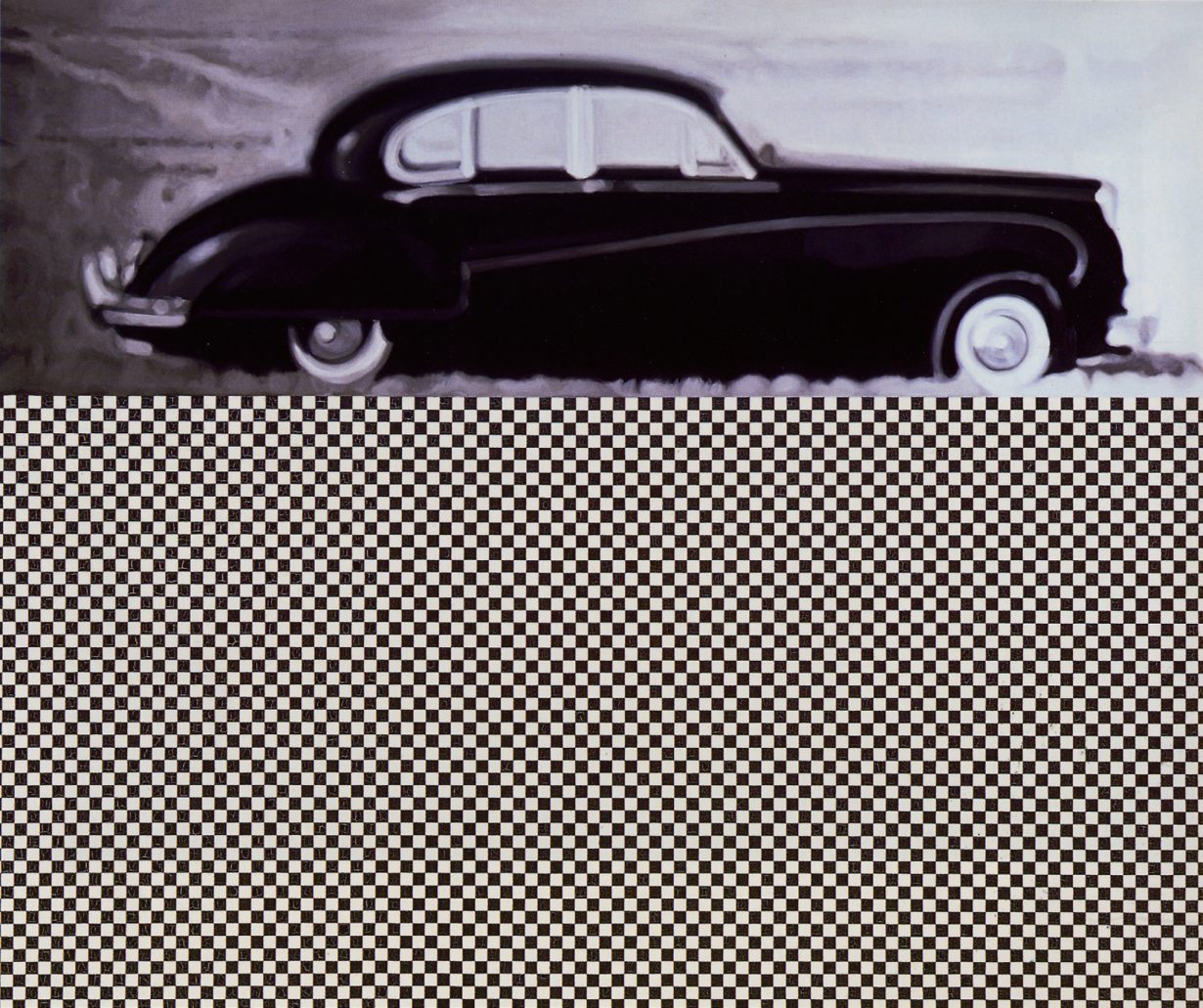
Mitsuko Miwa: Full House
SCAI The Bathhouse, Tokyo, through 10 December
The Nagoya-based sexagenarian painter Mitsuko Miwa knows that paintings are uncertain, deceptive things, especially when they present us with images, and more so when those images are extracted from photographs. Gleaning images from found sources, making paintings in identical pairs, placing apparently related images in disjointed, fragmented relationship or using the motif of a chequerboard to suggest both the two-dimensional surface and the pixel building blocks of illusionistic images, Miwa’s three-decades-long questioning of how reality and representation relate bring her to Full House, a mini-retrospective at SCAI the Bathhouse. A ‘full house’ not because the gallery will be full to bursting (though there will be works going back to the early 1990s), but because, with quiet irony, the centrepiece will be a large hand-drawn house – filling the actual ‘house’, so to speak. ‘How could it be possible to vanish something without using anything other than what it is?’ asks the artist in the press notes. Miwa’s answer is to snap us out of our complacency regarding where image ends and thing begins. J.J. Charlesworth

On the Streets: Modern Life and Urban Experiences in the Art of the United States, 1893-1976
Pinacoteca, São Paulo, through 30 January 2023
In 1893, to mark 400 years since Chrisopher Columbus arrived in the Americas, Chicago held a world fair, at which Brazil presented itself as a republic for the first time. A long avenue divided the event, on one side of which a series of elegant pavilions housed fine art from visiting nations. Among the works representing Brazil was Leitura by Almeida Júnior, painted a year earlier and showing a pale-skinned young lady reading on the terrace of a mansion, palm trees and forest beyond. On the other side of the avenue, evocatively documented in a series of photographs by an unknown author, were the ‘entertainments’: the world’s first ferris wheel, a tethered hot air balloon, and a series of ‘native’ mise-en-scènes featuring highly exoticised approximations of non-European world cultures. Camels were shown walking down an Egyptian thoroughfare; a group of inuit people posed; a storefront claimed to demonstrate the popular dances of Brazil. Such racialised geography is the jumping off point in this enjoyably demanding essayistic exhibition, which investigates how urbanity, modernity, identity and colonialism have intersected in North American cities, with works ranging from Andy Warhol, Walker Evans, Berenice Abbott, Emma Amos, George Nelson Preston and Gordon Matta-Clark. Oliver Basciano

Tai Kwun Contemporary, Hong Kong, 2021). Courtesy the artist, Yutaka Kikutake Gallery, Tokyo, Project Fulfill Art Space, Taipei, and Mother’s Tankstation, Dublin & London
Yuko Mohri: Neue Fruchtige Tanzmusik
Yutaka Kikutake Gallery, Tokyo, 2 November – 3 December
Neue Fruchtige Tanzmusik – ‘new fruity dance music’ – is Yuko Mohri’s debut solo show at Roppongi-based Yutaka Kikutake, which focuses on her decomposition series, in which electrodes are inserted into fruit and their gradual process of desiccation transformed into sound. Her take on a Western still life, if you like. Although – lest we be too simpleminded about this – the artist also takes inspiration from Buddhist paintings recording the decomposition of the body, as well as American experimental musicians John Cage and David Tudor. The point though is about the connection between decay and renewal. Death and new life. Or something along those lines. Like Ikeda’s and Ohtake’s, this show is one of more than 50 included in this year’s Art Week Tokyo (3–6 November), alongside a selection SMBC of single-channel videoworks curated by Adam Szymczyk on show for the same period at the SMBC East Tower in Marunouchi. It’s up to you whether or not you’ll make the whole thing a marathon, a sprint or just a regular part of your fruity groove. Nirmala Devi

Shinro Ohtake
National Museum of Modern Art, Tokyo, through 5 February 2023
It fits with Shinro Ohtake’s maximalist sensibilities that this exhibition would be big and busy: approximately 500 works divided into seven themes. While his paint and collage works (for example, SUN-MAID, 1979, featuring the flattened packaging of a box of raisins) and heavily worked paintings (such as Genoa I, 1986, a murky mass of oils, ink, pencil pastel and modelling paste) of the 1970s and 80s were never minimal, they are positively demure in comparison to the explosive mixed-media experiments the artist went on to produce. Ohtake’s vast library of self-produced books are the most obvious example of this – scrapbooks in which pictures of Mao come up against a jolly American Santa Claus, flight labels are stuck over pinup portraits of Sylvester Stallone, a season ticket is glued to a chocolate bar wrapper. These books, as well as Ohtake’s experiments in sculpture, installation and architecture, are akin to dreams; a way of processing the mountain of visual information with which we are bombarded daily. Oliver Basciano
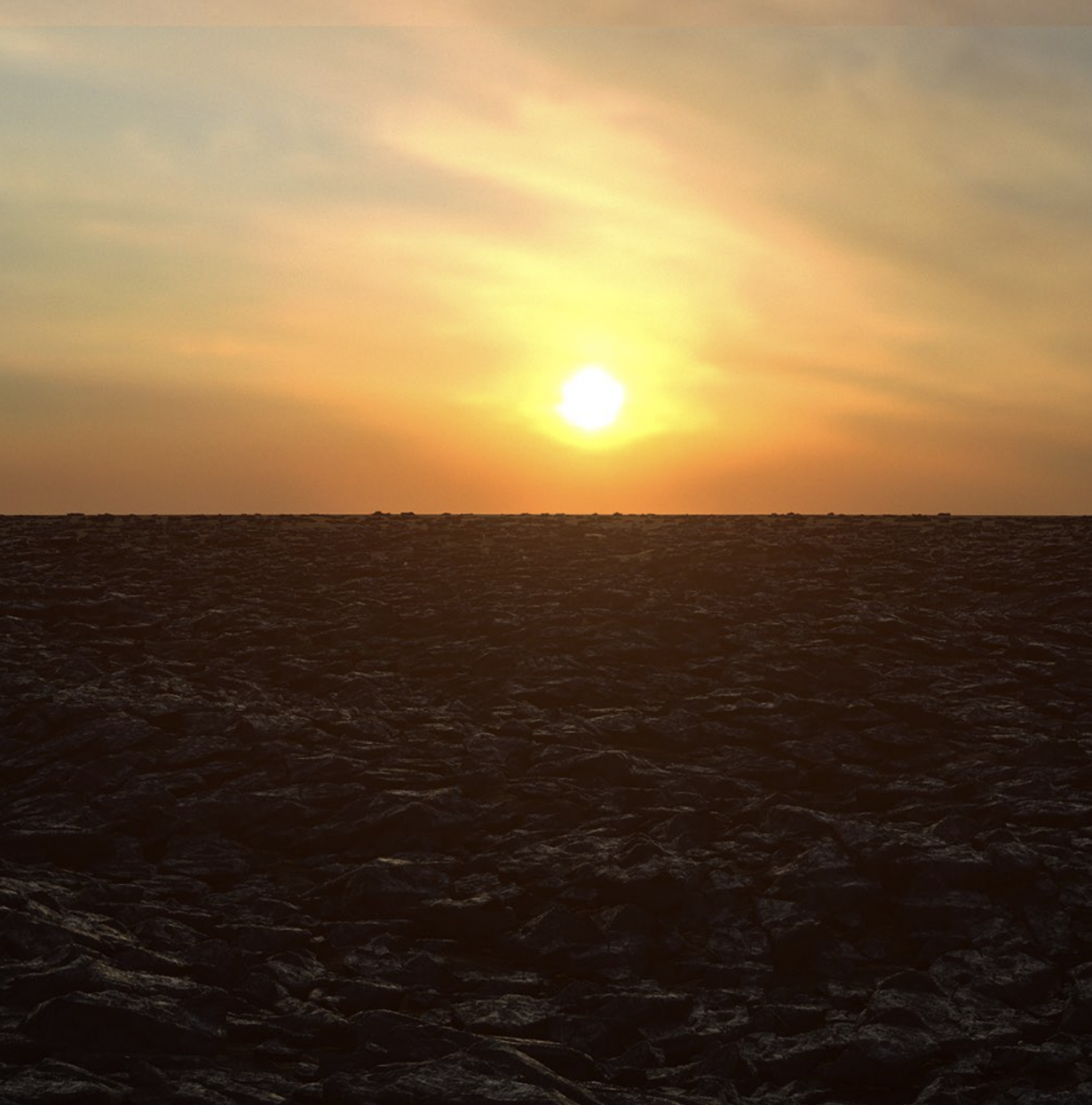
Arthur Jafa: RHAMESJAFACOSEYJAFADRAYTON
OGR Torino, Turin, 4 November – 15 January
Influential US artist and filmmaker Arthur Jafa’s roadshow rolls on, this time to the cavernous halls of OGR Turin (a former train-repair works), with a show that is an extension of his 2017 outing at the Serpentine Galleries. Featuring a number of new works that will make their Italian debut and titled after three Black American guitar players – Arthur Rhames (1957–89), Pete Cosey (1943–2012), Ronny Drayton (1953–2020) – the exhibition will continue Jafa’s quest to interrogate the construction and prejudices about culture and race, and the potential for developing ‘a specifically Black visual aesthetics equal to the power, beauty and alienation of Black music in US culture. Nirmala Devi
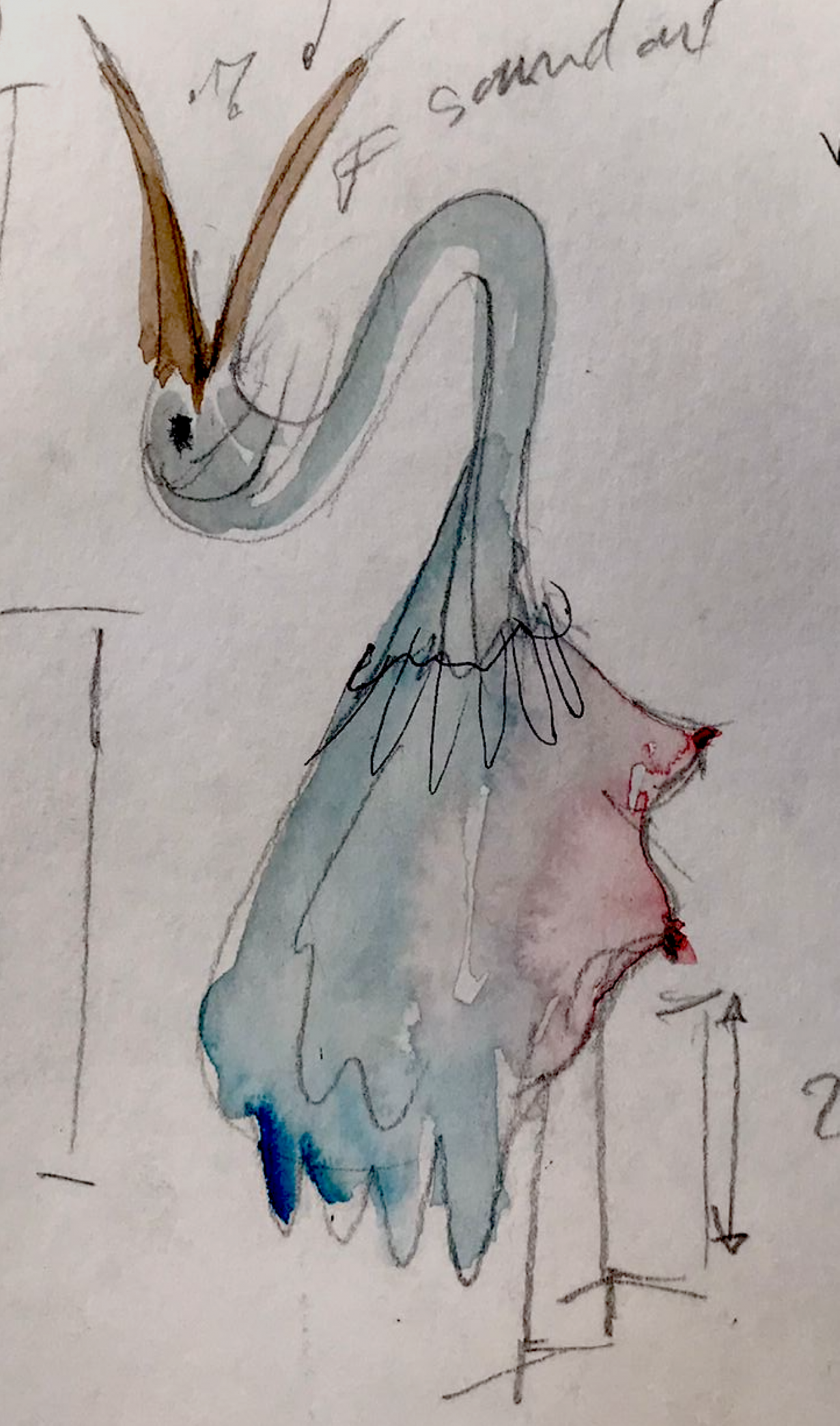
Laure Prouvost: Above Front Tears Oui Float
National Museum of Art, Architecture and Design, Oslo, 5 November – 12 February 2023
Titled in her playfully wonky mix of French and English, Above Front Tears Oui Float sees Laure Prouvost take over the 2,400sqm ‘Light Hall’ of Norway’s new National Museum, which opened its doors in June. Absurdist and surrealistic images and objects, and a similarly poetic-ludic approach to language, characterise Prouvost’s take on embodied experience – the artist’s recent works have circled around the experience of motherhood and a growing attention towards the relationships between humans and the organic world they find themselves in. For the National Museum, Prouvost promises an immersive environment that might contain a rocky landscape somewhere above the clouds, archaic motifs of caves and fountains, a melting ceiling, animals, hints of migration and pandemic, and Prouvost’s recurring character of ‘Grand Ma’; a meditation, perhaps, on the experience of crisis and flux, but also of human, affective solidarity in its midst. J.J. Charlesworth

Threading the Horizon
Khoj Studios, New Delhi, 5 November – 30 December
On show at Khoj Studios, New Delhi’s celebrated nonprofit space (dedicated to founding local, regional and global solidarities), is Threading the Horizon, a group exhibition themed around the subject of gender-based violence, a fact of daily life across the subcontinent and indeed beyond. Work by 13 artists, collaborating artist duos and collectives will be on show in an exhibition that both reflects on the realities of such violence and seeks to imagine various futures based on a fairer, more equitable way of living. The hope, of course, is that this has some sort of impact in a broader cultural and social sphere. And hope, of course, is what so much of today’s art is founded upon. Nirmala Devi

Jonas Mekas: Images Are Real
Mattatoio, Rome, 9 November – 26 February 2023
This retrospective will cover the 70-year career of the Lithuanian avant-garde filmmaker Jonas Mekas (1922–2019): beginning with his filmizations of plays (The Brig, 1964) and dreamlike documentary-shorts (Notes of the Circus, 1966), which followed Mekas’s emigration to the US after surviving a Nazi labour camp and subsequent years moving between refugee centres; and culminating in works like his 365 Day Project (2007), a short film shot on each day of the year, and In an Instant It All Came Back to Me (2015), a 700-strong collection of celluloid stills from the artist’s archive. Fame was often the object of his films – Jackie Kennedy, Andy Warhol, John Lennon all feature in various documentary shorts – but rarely the subject, as Images Are Real seems to foreground: Mekas’s focus was dogmatically on the present, and he derived his radical style from such an emphasis; his camera was always as much a diary – and a window – as it was a means for capture. Alexander Leissle

William Eggleston: The Outlands, Selected Works, David Zwirner Books, £55
David Zwirner, New York, 10 November – 17 December
This latest collection of the pioneering colour-photographer’s works, bound in a large-format softcover book, are drawn from older series (specifically photographs taken between 1970 and 1973). You’ve seen them before: classic cars (either in use or dilapidated), gas station signage, shop fronts, motel interiors, diner table spreads, those saturated reds and greens, and golden hour shots. One of the things about Eggleston is that when you’ve seen enough of his work, you might be lulled into thinking you know it. After all, his is a familiar picture of nostalgic small-town Americana. It’s easy to lazily flick through photographs from The Outlands and succumb to the slow seduction of colour and atmosphere. The other thing about Eggleston is that he is continuously able to upend this impression by getting you to notice details in the everyday. For those of us who need some encouragement, this is literally done via closeups of photographs: the scuffs on the heels of a pair of red leather shoes; pigeons on the ledges of a disused factory; the parallel lines formed by a pool divider and a section of paving. The Outlands isn’t merely about the process of looking, but about practising how to see. And for those of you lucky enough to be in New York this month, you can catch some of these works in exhibition format at David Zwirner’s West 19th Street gallery. Fi Churchman
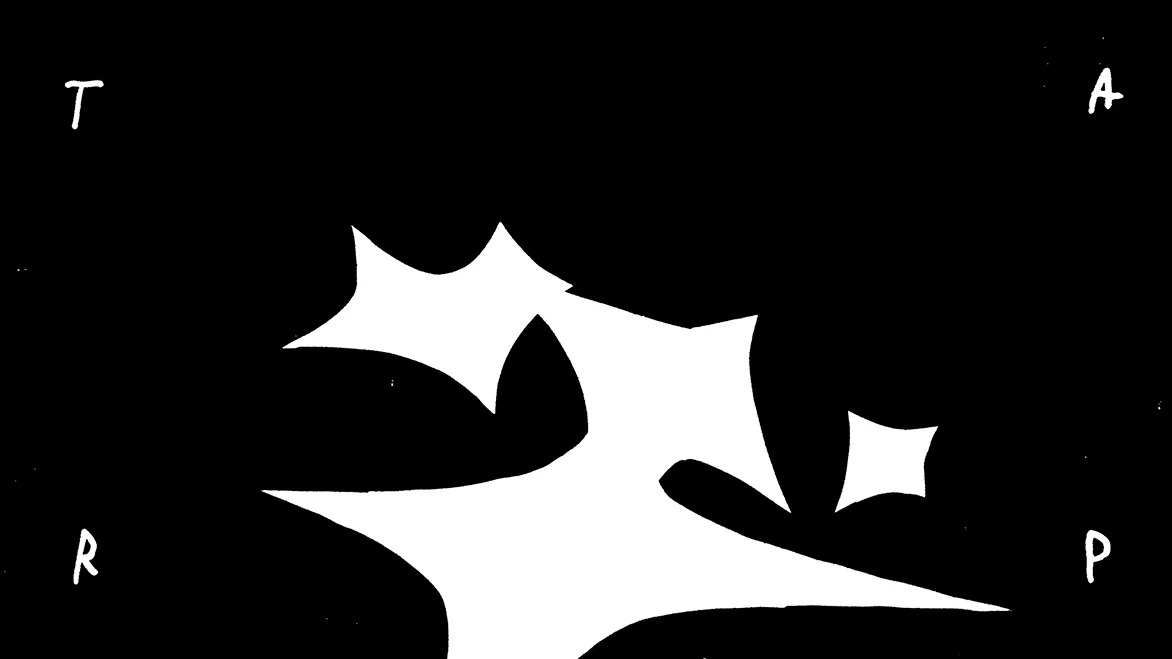
Christine Sun Kim: A String of Echo Traps
La Casa Encendida, Madrid, 11 November – 26 February 2023
Born Deaf, Christine Sun Kim has long investigated the socio-politics of sound and language through her multidisciplinary work. Where a sense of institutional critique abounds, there is also a parallel determination to promote change outside the artworld: in 2020, Kim and designer Ravi Vasavan created Deaf Power, a symbol and resource forum for the international Deaf community. This new show in Madrid follows Kim’s awarding of the Prix International d’Art Contemporain, and will contain three works: Notating Transcribing Transcribing (2022), a large mural of drawings and somewhat-abstract musical notation; The Star-Spangled Banner (2020), the video of Kim’s interpretation – or interpolation – of the US national anthem at the Super Bowl; and A String of Echo Traps (2022), an animation seeking to conjure echo as a inaudible experience. Sound, as suggested by Kim’s title, is trapped reverberation – a question of perception, control and authority. Alexander Leissle
Kurimanzutto, New York, 11 November
Operating first as a nomadic curatorial project, before putting down roots in Mexico City, in 2018 Kurimanzutto opened a second New York outpost. The commercial gallery is now expanding that outpost, with a 622sqm gallery designed by Jing Liu and Florian Idenburg. Yet the Chinese/Dutch architects have had some help along the way from the gallery’s artists. Gabriel Sierra has designed the front desk and the furniture, while Dr Lakra is behind some of the fittings. There are other more subtle traces of gallery artist’s work too: textiles by twentieth century Danish designer Nanna Ditzel, which gallery artist Danh Vo has frequently referenced in his work, have been used in the revamp of the building in the Chelsea gallery district; so too have lamps by the late Swiss-French Modernist designer Janette Laverrière, lamps which Nairy Baghramian has used as found objects to many of her own shows. Fittingly this group effort will open with a group show, featuring the likes of Rirkrit Tiravanija, Adrián Villar Rojas, Oscar Murillo, Apichatpong Weerasethakul and Haegue Yang, among others. Oliver Basciano

Yayoi Kusama: 1945 to Now
M+, Hong Kong, 12 November – 14 May 2023
‘I think my time, that is the time remaining before I pass away, won’t be long. Then, what shall I leave to posterity?’ Yayoi Kusama recently asked herself in an interview. For an answer to that question, visit Yayoi Kusama: 1945 to Now, the ninety-three-year-old artist’s most comprehensive retrospective in Asia outside Japan (to date). The M+ show retraces a seven-decade career, from the artist’s political, sex-infused happenings in 1960s New York, to her Infinity Net painting series, cartoonish pumpkin sculptures and the wildly popular Infinity Rooms, which grapple with, well, infinity and human finitude, cosmic energy, solitude and alienation, but also healing and salvation. (A sufferer from mental illness since childhood, the artist has often described the obsessive repetition of the polka-dot motif across her oeuvre as a form of therapy through ‘self-obliteration’). Rarer displays will include some of the artist’s early drawings, made during the Second World War, and sculpture work, including a ‘penis armchair’ from 1963: the artist’s attempt to purge her own phallic fears via an accumulation of stuffed-fabric penises mushrooming from the seat and backrest of a chair. A form of exposure therapy, if you will, for artist and audiences alike. Louise Darblay

The Menu, 18 November
“You have to try the mouthfeel of the mignonette”, says Tyler (played by Nicholas Hoult) to his partner Margot (Anya Taylor-Joy) after he slaps away her hand to take a photo of their tiny dishes of spherified vinegar dressing plopped in a bed of white foam. That clip forms part of the trailer of Mark Mylod’s (director and producer of film and TV as varied as Ali G Indahouse, Game of Thrones and Succession) black comedy The Menu, a perfect 2-minute amuse-bouche for what promises to be a deliciously astringent portrayal of the kinds of behaviour (and rhetoric) exhibited by an entitled and pretentious fine dining clique. (The artworld echoes.) Twelve customers, each forking out $1250 for a dining experience, travel by boat to a restaurant on an island. As increasingly violent ‘courses’ are dished out, head chef Slowick (Ralph Fiennes) tells the huddled guests “We now offer you a 45 second head start”. I can’t wait to find out for what. Fi Churchman

Horror in the Modernist Block
Ikon Gallery, Birmingham, 25 November – 1 May 2023
Who can forget the Parks’ light-filled modernist house from Parasite (2019), in which a tasteful stage of floor-to-ceiling windows and warm wood flooring – all angles and layered reflections in Bong Joon-ho’s direction – conceals a dark secret beneath. One can lose count of the times that architectural modernism has served as a cipher for psychodrama, dystopia and horror. And an exhibition at Ikon this month promises to chase the terror-instilling qualities of modernist design that have proved so enduring. In doing so, it assembles a cast of artists – including Laëtitia Badaut Haussmann, Shezad Dawood, Ho Tzu Nyen, Firenze Lai, Amba Sayal-Bennett, Monika Sosnowska, Maria Taniguchi and Abbas Zahedi – to probe the mounting associations between high-rise blocks, brutalist concrete and fear. En Liang Khong
